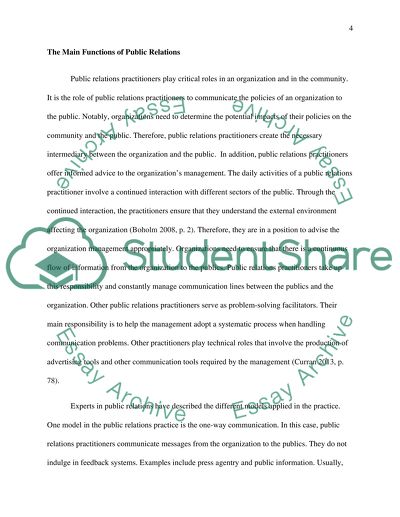Cite this document
(“Risk and uncertainty, the key public relations issues in the Essay”, n.d.)
Risk and uncertainty, the key public relations issues in the Essay. Retrieved from https://studentshare.org/journalism-communication/1680770-risk-and-uncertainty-the-key-public-relations-issues-in-the-contemporary-era
Risk and uncertainty, the key public relations issues in the Essay. Retrieved from https://studentshare.org/journalism-communication/1680770-risk-and-uncertainty-the-key-public-relations-issues-in-the-contemporary-era
(Risk and Uncertainty, the Key Public Relations Issues in the Essay)
Risk and Uncertainty, the Key Public Relations Issues in the Essay. https://studentshare.org/journalism-communication/1680770-risk-and-uncertainty-the-key-public-relations-issues-in-the-contemporary-era.
Risk and Uncertainty, the Key Public Relations Issues in the Essay. https://studentshare.org/journalism-communication/1680770-risk-and-uncertainty-the-key-public-relations-issues-in-the-contemporary-era.
“Risk and Uncertainty, the Key Public Relations Issues in the Essay”, n.d. https://studentshare.org/journalism-communication/1680770-risk-and-uncertainty-the-key-public-relations-issues-in-the-contemporary-era.


